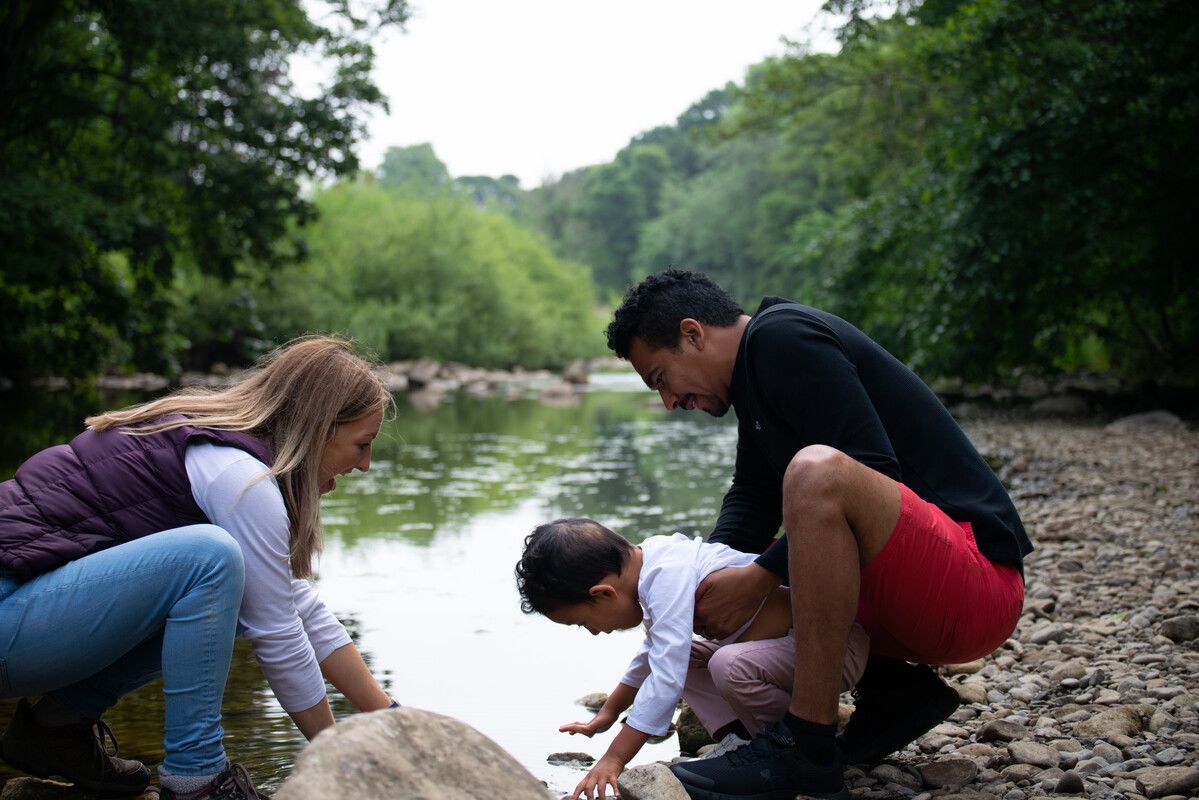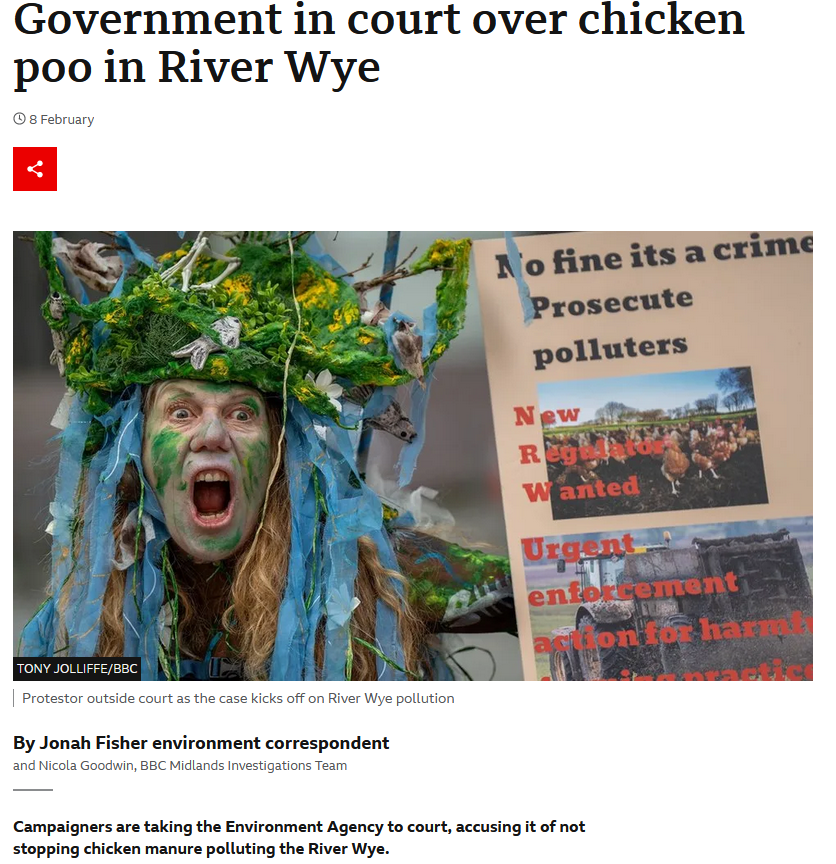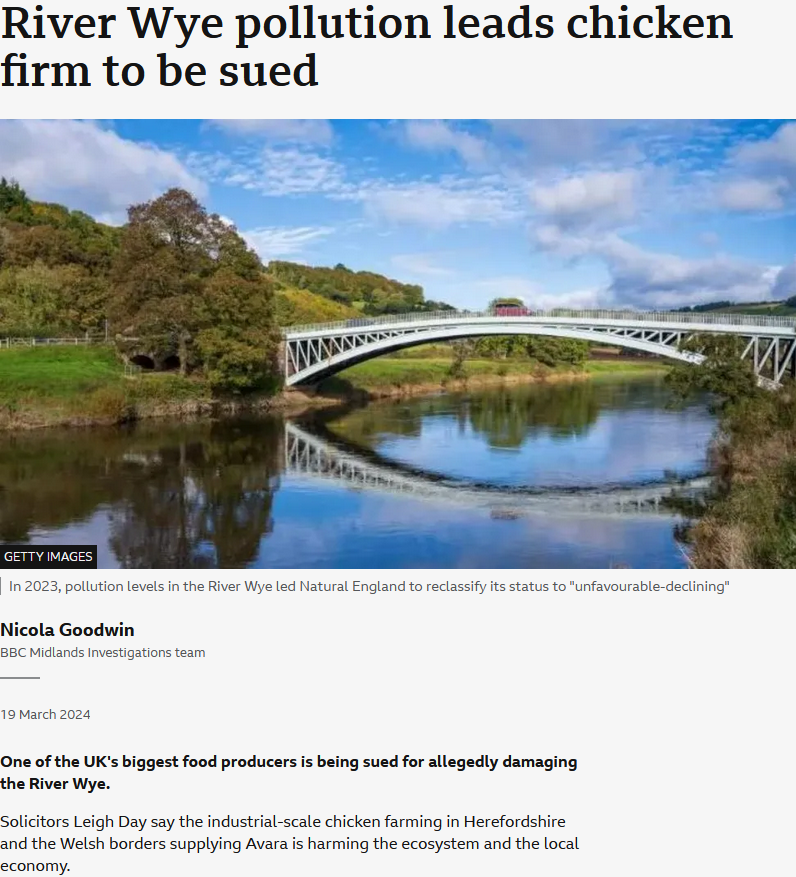How community action is helping to save our sick rivers
A close look at the River Wye as a symbol of wider decline, and an exploration of what we can do to support positive change for the Wye and England’s waterways.

CPRE has long fought to protect and restore England’s waterways. This year, however, the problems facing our rivers have intensified, and one local group in particular has instigated community action in order to support positive change. We find out more about CPRE Herefordshire's vision, and the difference it is making for the River Wye.
Water is our life source: 71% of the earth is covered in water, but less than 3% of this is freshwater, and only 0.0001% is in the world’s rivers. Conserving the health of our rivers plays an essential role in taking care of the planet, and yet in England only 15% of rivers reach good ecological health standards.
The Rivers Trust, who seek to save rivers and help communities to thrive, state: “Healthy rivers are a powerful ally in mitigating the effects of climate change; they can protect communities from flood and drought events, and they bolster ecosystem and biodiversity resilience. Yet, the majority of our rivers in the UK and Ireland are far from healthy.” In their recent State of our Rivers Report (2024) a number of reasons emerged for why our rivers are so sick, with the ill health of many rivers attributed to more than one issue.
Currently, the highest impacting industry is the agriculture and rural land management sector, which has caused the failure of 62% of river stretches in England. Within this sector, poor nutrient management (i.e. fertiliser) comes out on top, which has caused the failure of 34% of river stretches. Finally - and crucially - the overall situation has not improved since their previous report in 2021.
This, perhaps, is unsurprising given that the Environment Agency’s original target of making sure all waters achieved ‘good’ chemical and ecological status by 2027 was pushed back in 2022 by 40 years. With decades to go until the updated target year of 2063, there is a seemingly reduced pressure on the importance of river health, with the current trajectory anticipating that only 4% will be in good condition by the original 2027 target year.
In response, the government published its River Wye Action Plan in April 2024, which sets out actions that the Department for Environment, Food & Rural Affairs (Defra) will take to stop the decline of the River Wye and support the ongoing local efforts to fully restore it in the long term. However, within the Defra plan there is no explicit funding for regulators or citizen science work, and no suggestion of further powers to police the Wye Catchment.
The situation can feel somewhat bleak, but there is hope to be found in community action.
Looking at the River Wye
The River Wye is the fourth longest river in the UK. Its source is in the Welsh mountains, but it also moves through a number of Welsh and English counties, at times acting as the border between England and Wales. It is located in beautiful landscape, and has been classed as a Special Area of Conservation (SAC) due to its importance as a wildlife corridor, migration route, key breeding area, and habitat for many animal species. However, in May 2023, Natural England downgraded the Wye and Lugg SAC to “unfavourable - declining”, due to the ongoing accumulation of excess phosphate. A Lancaster University study placed this excess at around 3,000 tonnes per year, a figure “nearly 60% greater than the national average… driven by the large amounts of livestock manure produced in the catchment.”
Figures from SAGIS, the hub for source apportionment for the UK water industry, allow us to see the picture more clearly, and specify that of the pollution in the Wye, approximately 22% comes from sewage, and 73% from agriculture, with chicken farms the primary source of the latter. The excessive nutrients present in the water cause algal bloom, which as it spreads cuts out sunlight, slowly killing the river.
In the stretch of the River Wye that journeys through Herefordshire, this is specifically compounded by a myriad of factors - soil compaction, monocrops, lack of organic matter, chemical sprays and more - resulting in a ‘perfect storm’ of conditions that require an immediate response if the quality and health of the river is be improved. Moreover, it is clear that despite its status as one of the most protected rivers in Europe - allocated a Site of Special Scientific Interest (SSSI), National Landscape, as well as an SAC - that if the river is to be saved, swifter and more impactful action needs to be taken.
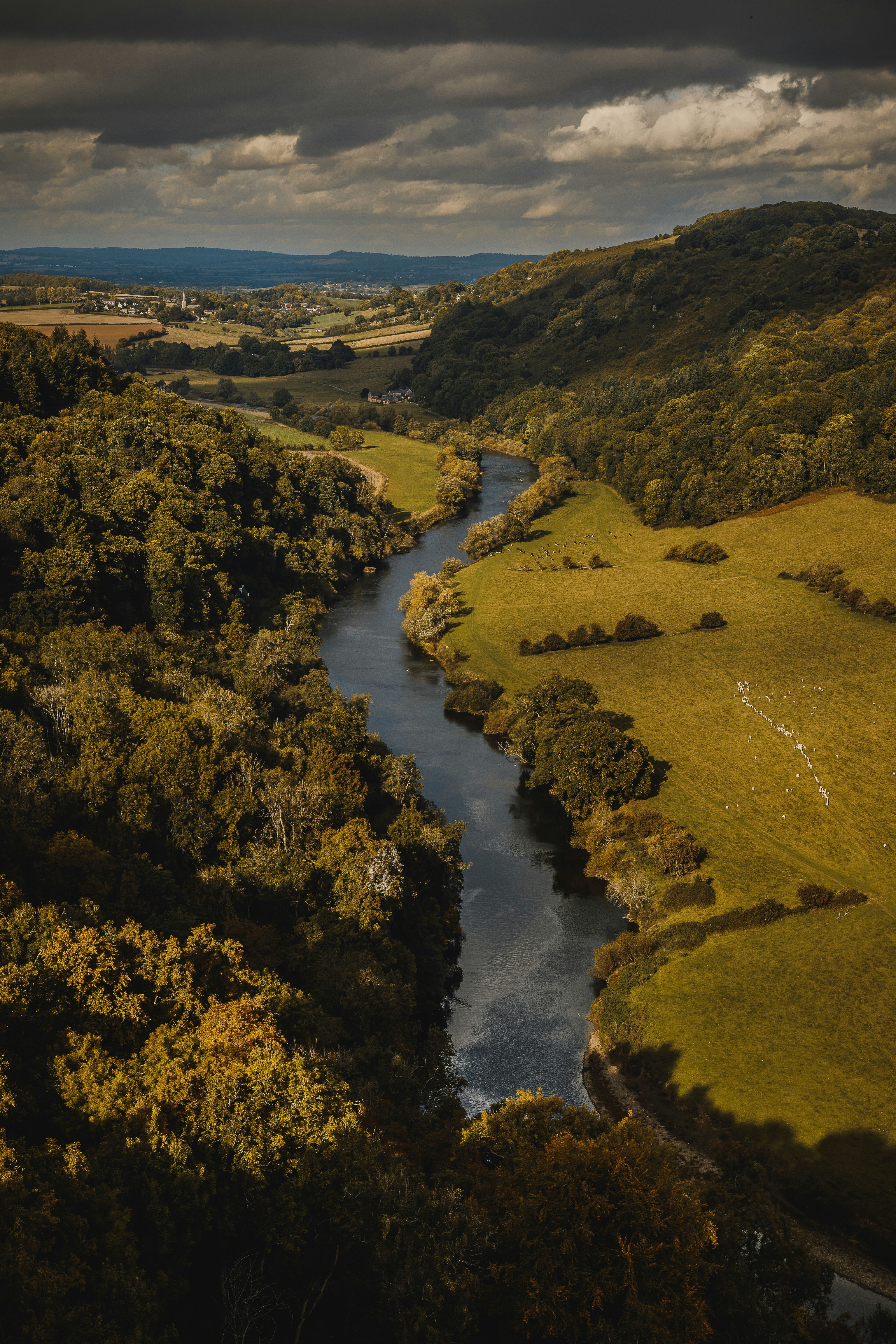
Taking action
In response to a lack of government support, a number of organisations - including CPRE - are working to highlight and tackle poor land use in the Wye area, paying particular attention to the impact of the high concentration of chicken farms. Approximately 20 million birds are kept in Herefordshire (about a quarter of the UK’s total production), and as chicken manure contains high levels of nitrogen and phosphorus, it is often used as an effective fertiliser for crops. But all these nutrients have to go somewhere, and especially if it has rained heavily and the ground is already saturated, they are washed into waterways, contributing to the Wye’s excess phosphate levels and the resulting algal bloom.
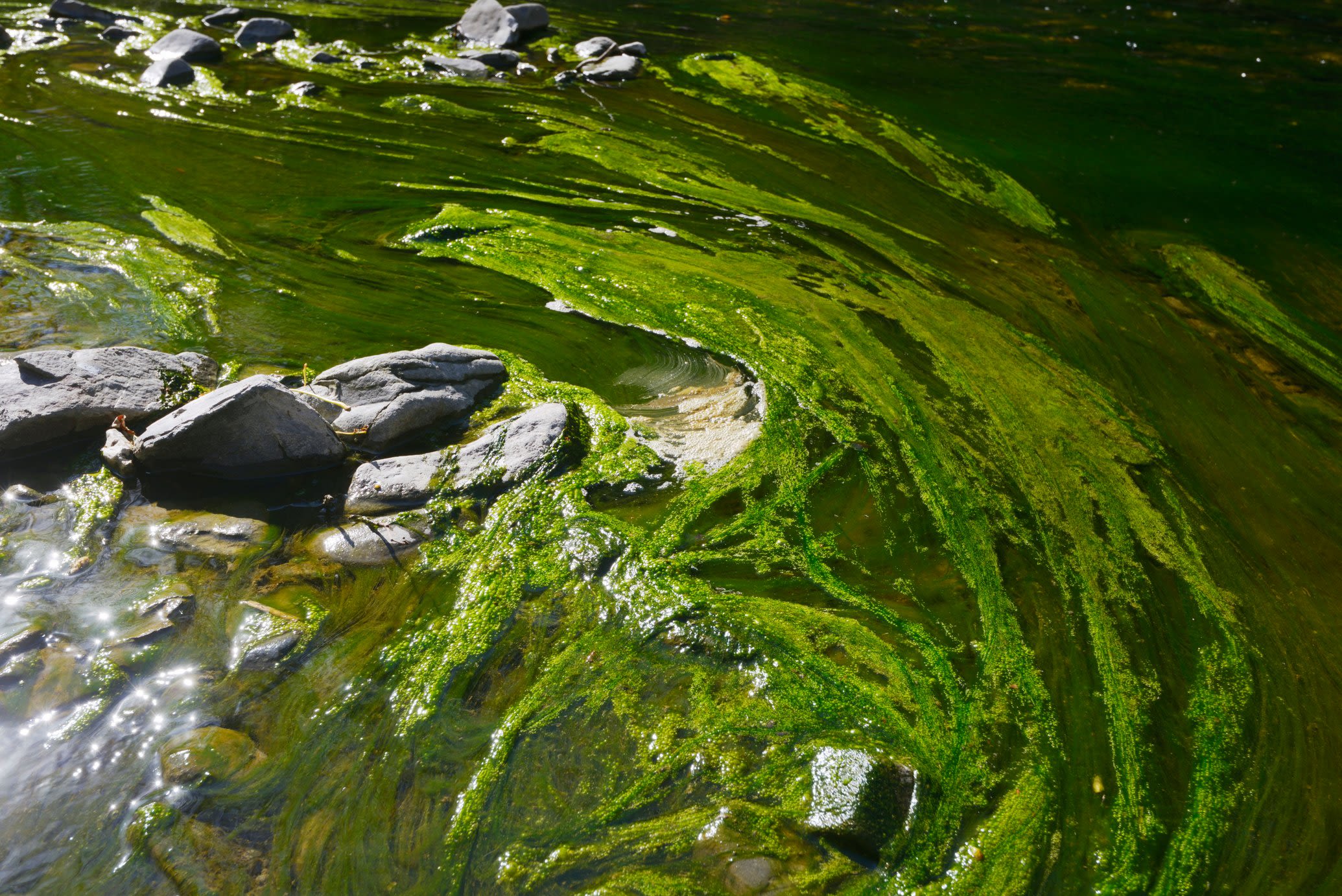
Algal bloom can suffocate a river - keith burdett / Alamy Stock Photo
Algal bloom can suffocate a river - keith burdett / Alamy Stock Photo
CPRE’s vision was to recruit 50 volunteers but 500 stepped forward. All Citizen Scientists have been trained with standards set by Cardiff University and the Environment Agency. CPRE joined together with other Citizen Science groups to form the Wye Alliance. This has made a formidable group to monitor water pollution across the Wye Catchment. In 2022, CPRE Herefordshire gathered with alliance partners on the banks of the river with over 130 citizen scientists, “putting out an SOS for the Wye”.
The project’s purpose is to gather more data to investigate water quality within the catchment, increase sampling points, and spread knowledge about the impact of pollution on the Wye. You can now view all the collated data from the project on the Wye Viz app, “a powerful asset for presenting specific pollution trends to Government bodies, Regulators, Local Councils, and the Media.”
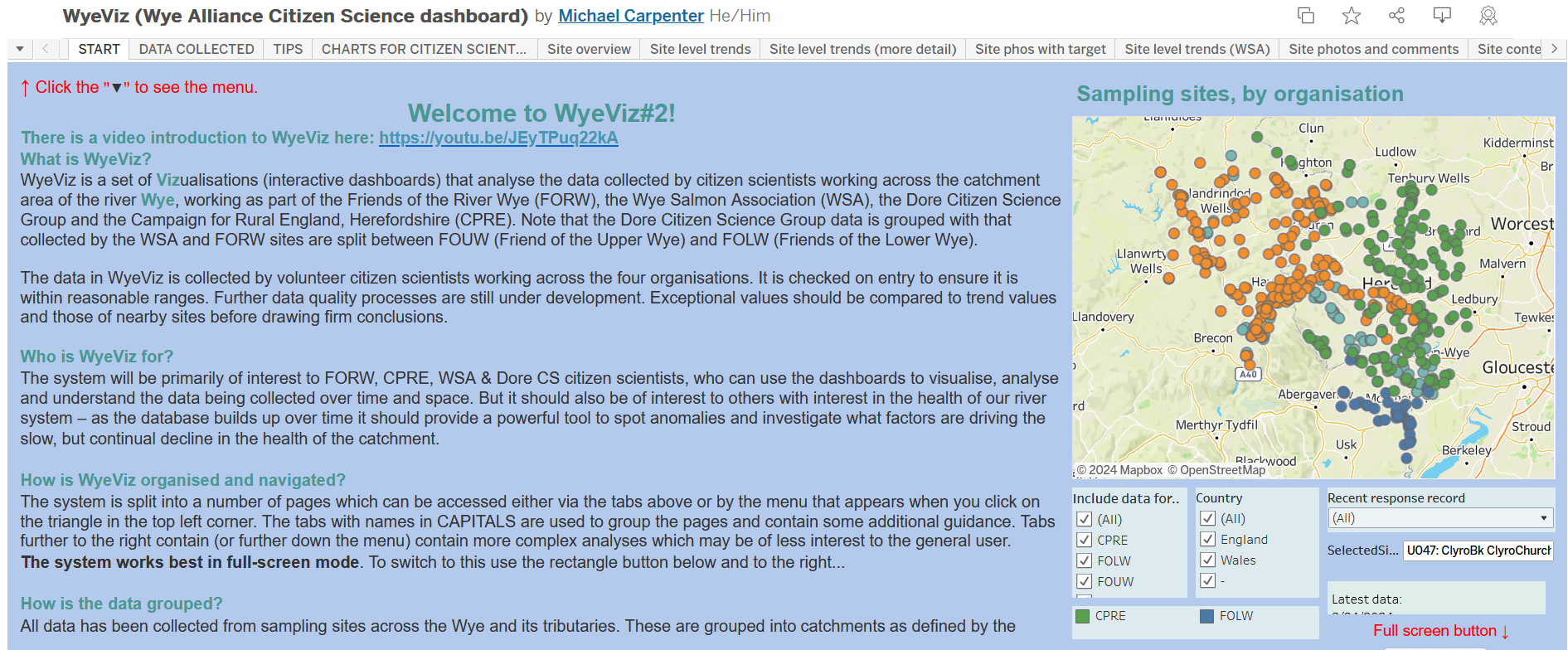
Challenges and improvements
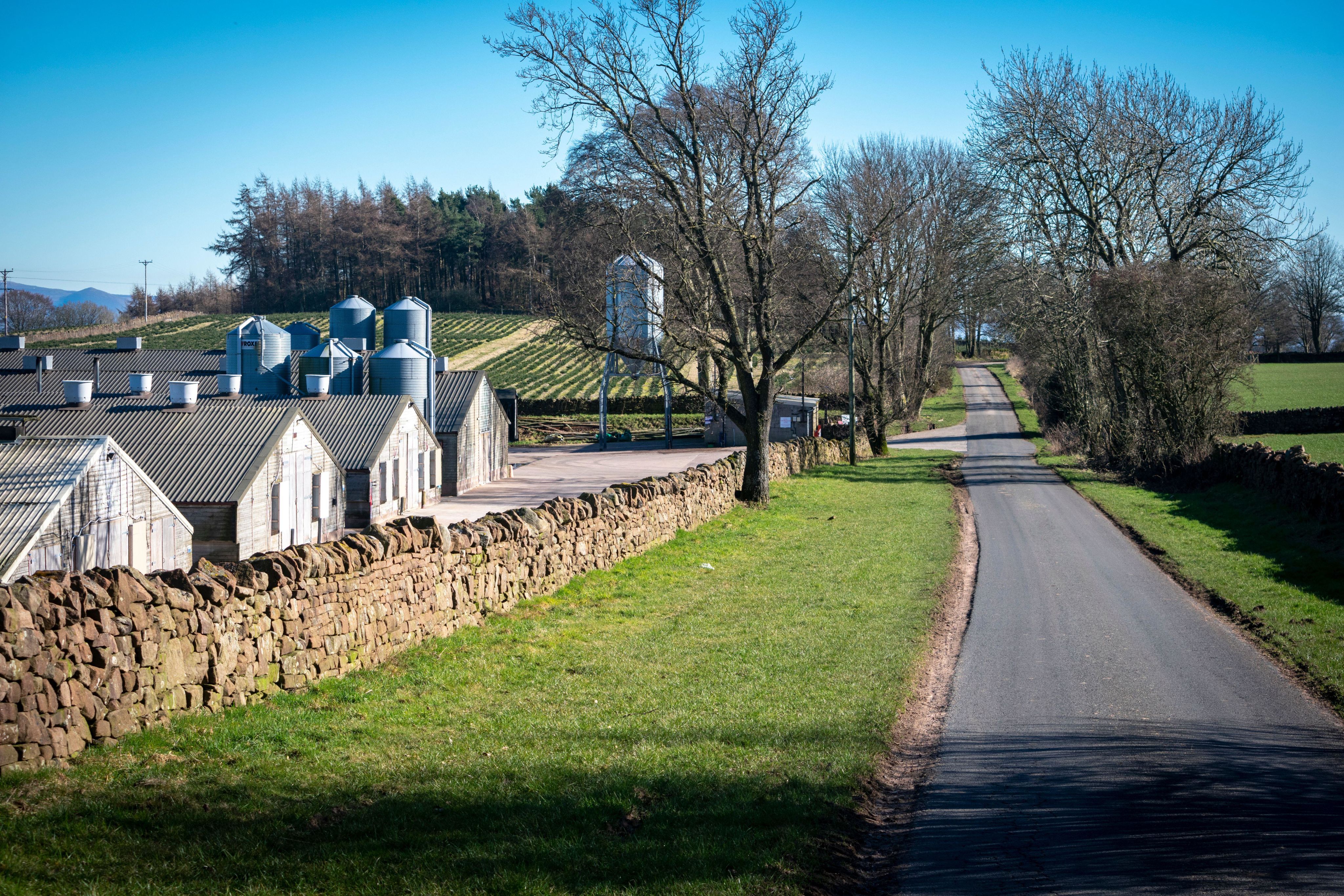
In the process of uncovering the reasons for the Wye’s decline, various accusations have been made against both the government and private companies. In February this year, the Environment Agency was taken to court by the charity River Action.
"laws to keep waterways healthy have not been enforced"
In a separate legal action, the large food producer Avara, who process over 2 million chickens a week at their Hereford factory, was taken to court in March this year on behalf of those living in the area affected by the water pollution. Additionally, in early April The Guardian reported that campaigners fear plans to save the river have been "quietly delayed until the general election because it would include unpopular measures to stop farmers polluting the river with chicken manure."
While these trials and uncertainties are ongoing, there is some good news to report. After years of denial, Natural Resources Wales (NRW) have now admitted a link between chicken manure and the nutrient pollution it spreads in rivers, and also acknowledge that the rules governing manure spread are inadequate. Additionally, Welsh Water continues to invest and improve their performance with phosphate strippers, with the English government now facing pressures to follow suit.
What the Wye can teach us
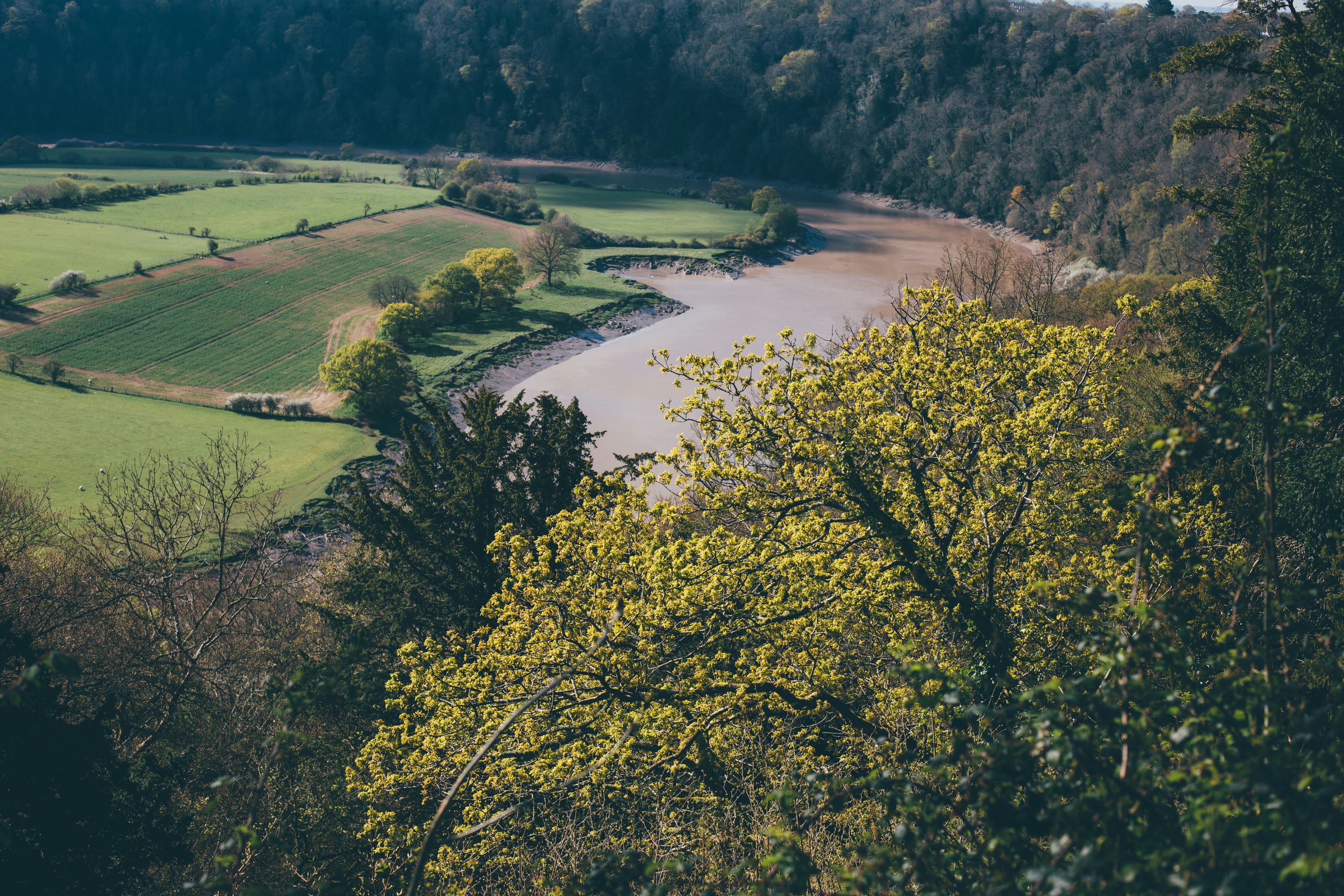
While the health of the River Wye is of great importance, its plight serves as a devastating reminder that so many of our rivers need a similar level of support if they are to recover.
There needs to be a greater understanding of the consequences of agricultural approaches, especially in terms of cumulative effect. There are, of course, some regenerative farmers taking alternative and sustainable approaches, but there is a desperate need for widespread change; a reduction in fertiliser use and manure spreading, a clear consideration of how air quality may also be impacted by agricultural methods, and a requirement to hold supply chains and politicians accountable.
Although change is required at this systemic level, everyone has a part to play if we want to create a healthy river system for the next generation. Here’s how you can help:
- If you see a potential pollution incident, make sure you report it to the Environment Agency hotline
- If you live in or near Herefordshire, sign up as a Citizen Scientist!
- Buy and use river-friendly products in your home
- Avoid factory farmed meat
- Write to your MP and local councillor to ask for regulations to be enforced
Find out more about CPRE Herefordshire’s campaign for the River Wye here.
Read Amy-Jane Beer’s exploration of some of the work that other local CPRE groups are doing to protect and restore England’s rivers, lakes and seas here.
